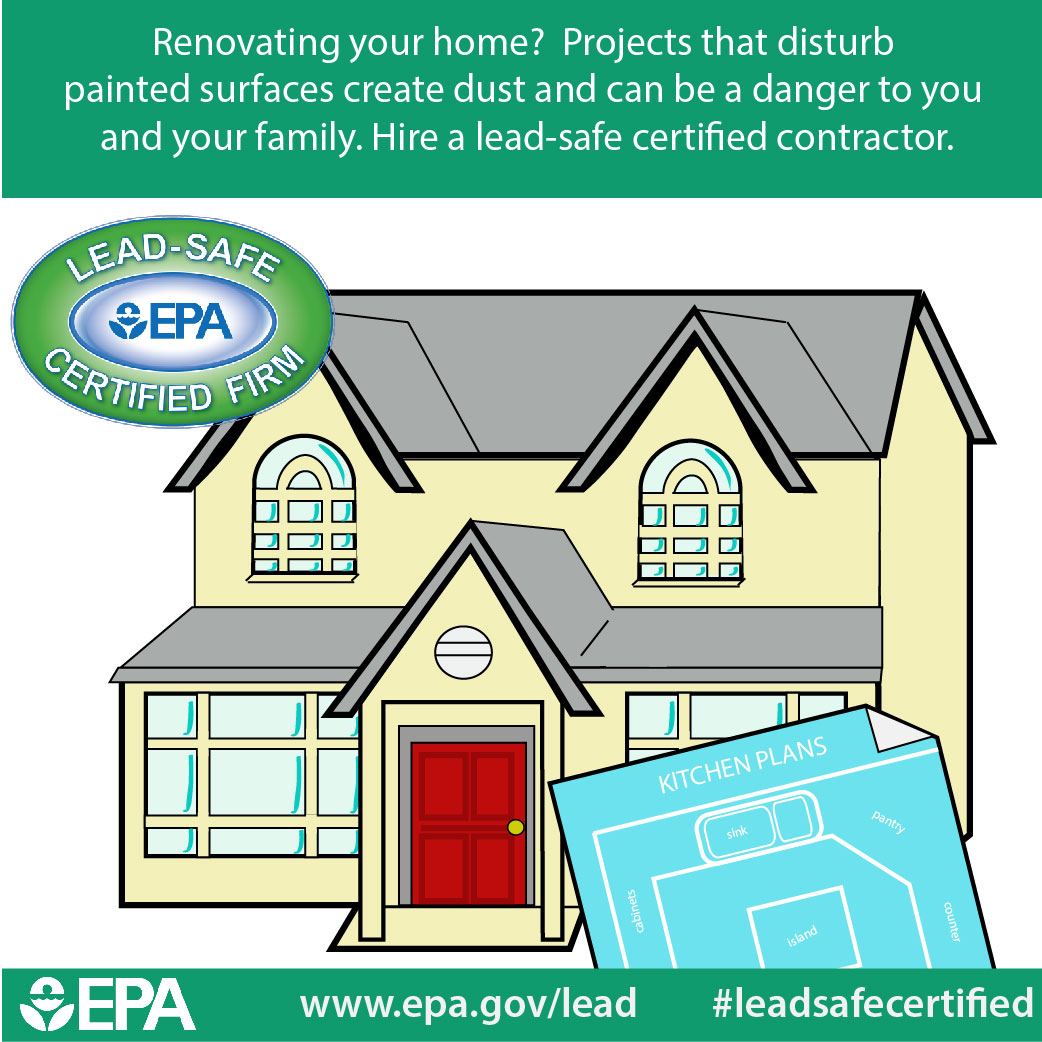Learn Just How Seasonal Factors Affect Commercial Outside Paint Success And Find The Very Best Times To Ensure Long Lasting Results For Your Job
Learn Just How Seasonal Factors Affect Commercial Outside Paint Success And Find The Very Best Times To Ensure Long Lasting Results For Your Job
Blog Article
Published By-Fox Decker
When you're intending a commercial outside painting job, seasonal elements can make or damage your outcomes. find out this here 'll intend to take into consideration how temperature level and moisture impact paint application and drying times. Choosing the right season can guarantee your paint sticks appropriately and lasts longer. However which seasons are truly the very best for this sort of job? Let's check out the key elements that can affect your job's success.
The Effect of Temperature Level on Paint Application
When you're preparing a commercial external paint job, the temperature level can significantly affect exactly how well the paint adheres and dries out.
Preferably, you wish to repaint when temperature levels range in between 50 ° F and 85 ° F. If it's too cold, the paint may not cure correctly, causing problems like peeling or cracking.
On the other side, if it's too warm, the paint can dry out also quickly, protecting against appropriate adhesion and resulting in an irregular surface.
You need to also take into consideration the moment of day; morning or late afternoon supplies cooler temperature levels, which can be a lot more positive.
Constantly examine the manufacturer's recommendations for the details paint you're utilizing, as they frequently supply guidance on the suitable temperature level range for ideal outcomes.
Moisture and Its Impact on Drying Times
Temperature level isn't the only ecological aspect that influences your commercial outside painting project; humidity plays a substantial function as well. High humidity degrees can slow down drying out times dramatically, impacting the general quality of your paint task.
When the air is filled with dampness, the paint takes longer to cure, which can bring about issues like bad adhesion and a higher threat of mold growth. If you're repainting on a particularly damp day, be gotten ready for prolonged delay times in between coats.
It's important to monitor regional weather conditions and plan appropriately. Ideally, go for moisture degrees in between 40% and 70% for optimum drying out.
Maintaining red sky painting in mind guarantees your job remains on track and delivers an enduring coating.
Best Seasons for Commercial Exterior Painting Projects
What's the very best season for your business exterior paint jobs?
Springtime and early autumn are commonly your best choices. Throughout these seasons, temperatures are mild, and moisture degrees are often lower, producing suitable problems for paint application and drying out.
Stay clear of summer season's intense heat, which can create paint to completely dry too swiftly, bring about poor attachment and coating. In a similar way, winter season's cold temperature levels can hinder correct drying and curing, taking the chance of the longevity of your paint job.
Aim for days with temperature levels between 50 ° F and 85 ° F for ideal results. Keep in mind to check the local weather forecast for rain, as wet conditions can spoil your project.
Preparation around these elements guarantees your painting task runs efficiently and lasts much longer.
Conclusion
Finally, planning your commercial outside paint projects around seasonal factors to consider can make a significant difference in the outcome. By scheduling job throughout the excellent temperatures and humidity degrees, you'll make certain better bond and drying out times. Bear in mind to keep an eye on regional weather prediction and select the right time of year-- springtime and very early loss are your best options. Taking these steps will aid you accomplish a durable and professional surface that lasts.
